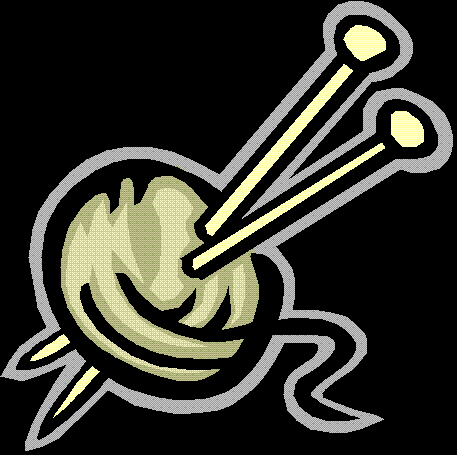What can WE do?
SO! What can we do to save the Sun Bears?
Several conservation actions have already begun to help the Sun Bears fight extinction.

Making Plans
Since so little is known about the Sun Bear, it is difficult for researchers to decide what the first step in conservation might be. The American Zoo and Aquarium Association (AZA) has created a Species Survival Plan (SSP) for Sun Bears. Each SSP manages the breeding of a species to achieve a healthy, genetically diverse, and self-sustaining captive population. Researchers are currently studying Sun Bear reproduction to learn more about these small but mighty bears.
Captive Breeding
The Chinese have developed a way to extract bile from the gallbladders of live bears. An estimated 5,000 bears are now farmed for their bile. Descended from wild-caught individuals, the farm bears are now captive-bred. This effort is driven more by economics than concern for the animals. More than 100 times the bile can be obtained by milking a live bear than by killing one. Government officials claim that farming has slowed the killing of wild bears, but critics contend it actually promotes the use of bear products and makes them available to more people which, unfortunately, is probably true.There is currently no evidence to suggest that bear farming has any beneficial effects on wild bear populations. In fact, it is thought that bear farming could be having a detrimental effect on wild bears. To learn more about bear farming and how to make it end, click here.

Spread the Knowledge
A significant international effort is underway to encourage the traditional medicine community to promote and exclusively use ingredients in their medicinal remedies which are not derived from threatened or endangered animals including any of the 8 remaining bear species. To learn more about alternates to bear bile, click here.

So, what can YOU do to help?

Shop wise
Smart consumer choices of savvy global citizens can go a long way toward increasing the survivorship of the Sun Bear. When selecting wood products for your home, choose items that are sustainably harvested, ensuring that the wood was not taken illegally or in a manner that will harm bear habitat. The Forest Stewardship Council (FSC) certifies products that are environmentally responsible, made from wood that does not contribute to the destruction of the world's forests. Their logo can be found on items in places like big home supply stores to smaller home décor shops.
If you are traveling to any of the exotic locales in which Sun Bears may be residents, please be wary of purchasing bear products you might find in markets. In most cases, your government would not allow importation of such animal souvenirs purchased abroad thanks to the terms of the Convention on International Trade in Endangered Species (CITES), of which many nations are signatories.

|
Join An Organization
- There are many community groups working on conservation activities. Join an organization in your area and start helping today!

|
Be Crafty
Make mittens for rescued Sun Bears to wear in order to keep warm during surgery at the Oregon Zoo. Click here for more information.
In General...
Help every endangered species everyday by practicing these simple suggestions in your everyday lives:
- Live conservation! Don't make conservation an effort, make it a way of life by recycling and saving water
-
Buy shade-grown coffee and help reduce the need to clear-cut rain forests where much of the world's coffee is grown.
-
Consider "corn plastics" for your picnics. A number of new disposable eating utensils and food container products using corn, sugar cane and other natural starches are on the market that are biodegradeable and compostable and do not contain petroleum. They are as good as plastic and better for the environment.
-
Support the protection of old growth temperate and tropical forest ecosystems and refrain from buying exotic hardwood products obtained through non-sustainable forestry practice.
-
When traveling in other countries, remember that strict laws govern the import and export of many plants and animals. And NEVER remove wild plants and animals from their habitat.
- Increase your backyard's biodiversity by planting a variety of native vegetation to attract diverse urban wildlife.
- Know where your food comes from. Many types of seafood are seriously endangered due to overfishing.
- Don't release unwanted "exotic" pets that are not native to the area in which you live.
- When grocery shopping, take your own canvas bag or backpack. Reuse and recycle old plastic and paper grocery bags.
- Learn about issues affecting endangered species. Visit Association of Zoos and Aquariums-sanctioned zoos and aquariums, and also nature centers and wildlife refuges.
- Contact your elected representatives and express your views about conservation of endangered species and wild habitats.

The time has come for humans to work together to help save the animal species facing extinction.
Be active, be vocal, and make change happen. No effort is too small when every action can make a difference.
The outlook for the Sun Bear is questionable at best. With 30 percent of its habitat disappearing in the last 30 years, the pressure is on. Fortunately, this is species, like many others, can be impacted by the efforts and support of people like you living thousands of miles away. If enough people support environmentally friendly methods of producing goods such as those outlined above, the hope that sun bears will continue to exist in the wild for future generations to appreciate will remain.
Thank you for stopping by. Now get out there and Save the Sun Bears!
|